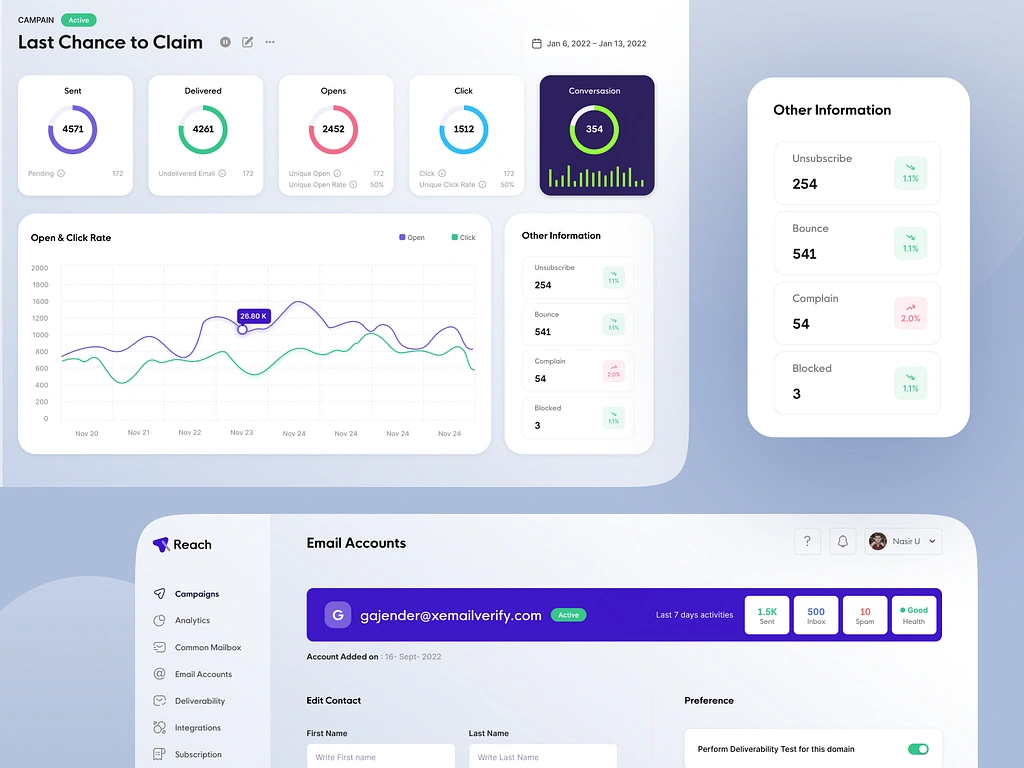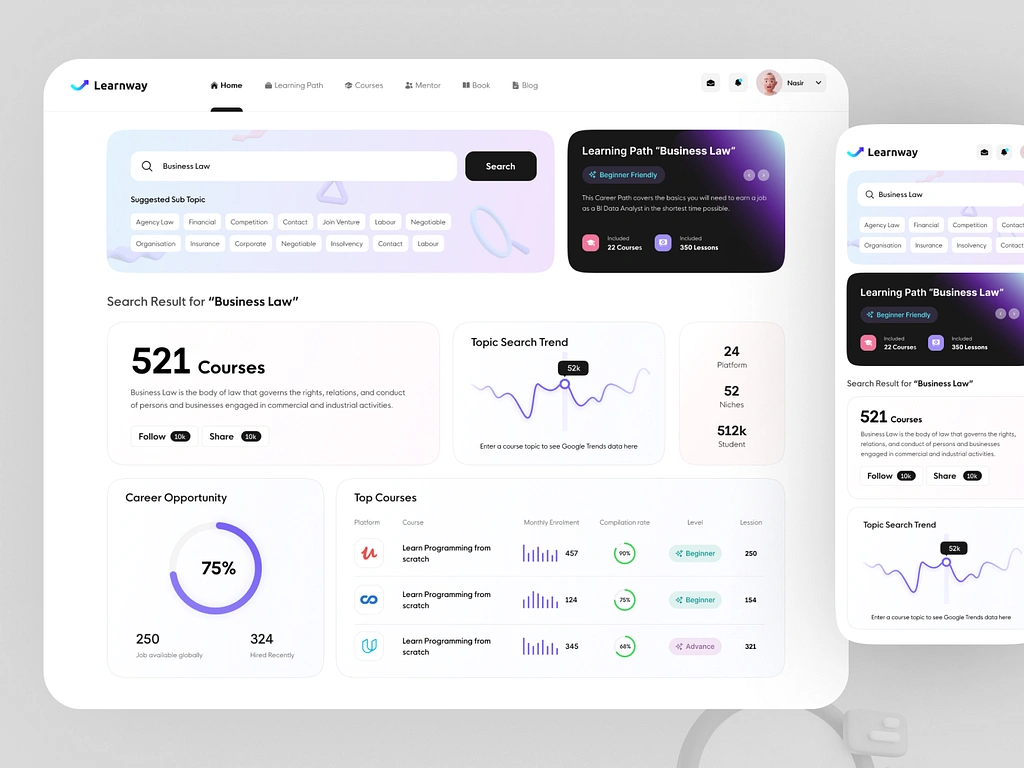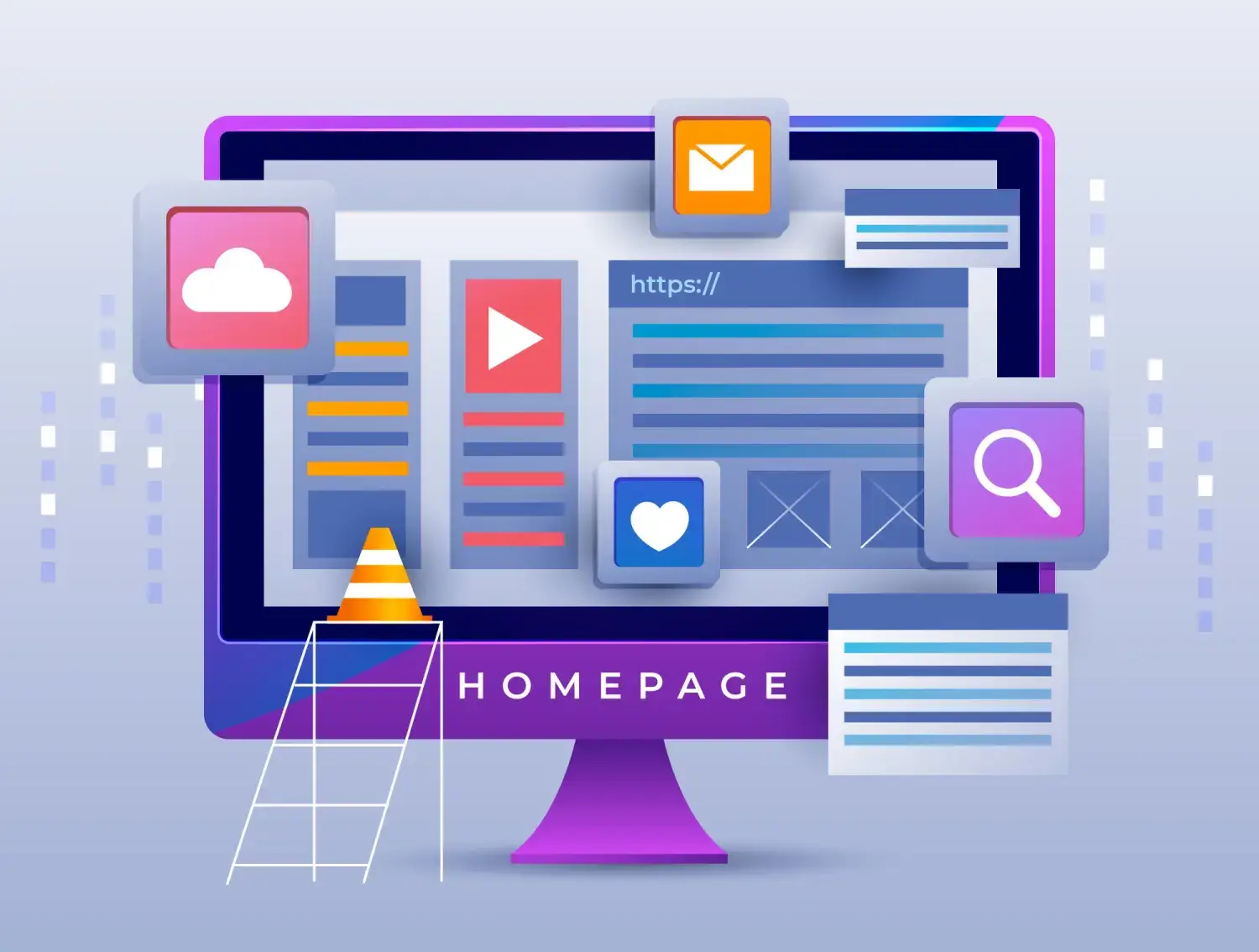Imagine you’re about to embark on the journey of crafting a breathtakingly beautiful product design—one that captures hearts and minds, seamlessly blending functionality with aesthetics. Yet, as you stand at the threshold of creativity, you’re faced with an overwhelming expanse of possibilities, each vying for your attention and none offering a clear path forward. This is where the power of mood boards emerges as an indispensable ally, transforming this chaotic abundance into a structured, cohesive vision. Mood boards are not just a collection of pretty pictures; they are the secret weapon in elevating UX UI design tips from the mundane to the revolutionary. They provide a visual guide that aligns your team’s creative energies, streamlining the path from conceptualization to implementation.
At the heart of a successful UX UI design service lies the ability to communicate ideas effectively, making mood boards an essential tool. They serve as a bridge between abstract concepts and tangible designs, allowing designers to weave diverse elements like color schemes, typography, and imagery into a unified narrative. When designers start their projects with mood boards, they set the tone for the entire design process, ensuring that every stakeholder shares a common vision before moving forward. As a result, mood boards not only inspire creativity but also minimize miscommunication, saving time and resources while enhancing the overall quality of the final product. Join us as we delve deeper into the nuances of mood boards and unveil why they are the unsung heroes of innovative UX UI design.
The Evolution of Mood Boards in UX UI Design
Mood boards have come a long way since their inception, evolving from simple collages of images and textures to powerful tools that shape the direction of UX UI design. In the early days, designers would manually cut out pictures from magazines and arrange them on a physical board to convey the desired mood or aesthetic. This analog approach allowed for a tactile experience, but it was time-consuming and limited in terms of collaboration.
With the advent of digital technology, mood boards transitioned into the virtual realm. Designers could now curate images, colors, fonts, and other visual elements using software tools specifically designed for this purpose. This shift not only made the process more efficient but also opened up new possibilities for collaboration and remote work.
Today, mood boards have become an integral part of the UX UI design process. They have evolved beyond static collages to dynamic presentations that incorporate interactive elements such as animations and transitions. These modern mood boards allow designers to showcase their ideas in a more engaging and immersive manner, enabling stakeholders to better understand and visualize the intended user experience.
Understanding the Psychology Behind Mood Boards
Mood boards tap into the psychology of human perception and emotion. By carefully selecting images, colors, textures, and typography that evoke specific feelings or associations, designers can create an emotional connection with users even before they interact with a product or interface.
Research has shown that our brains are wired to respond to visual stimuli on an emotional level. When we see certain colors or images, it triggers specific emotions or memories within us. By leveraging this innate response through well-crafted mood boards, designers can influence how users perceive and engage with their designs.
Moreover, mood boards help align stakeholders’ expectations by providing a tangible representation of abstract concepts. They bridge the gap between verbal descriptions and visual interpretations, ensuring that everyone involved in the design process is on the same page. This shared understanding fosters collaboration and minimizes misunderstandings, leading to more cohesive and effective UX UI design solutions.
Elements of an Effective Mood Board
A well-executed mood board consists of several key elements that work together to convey a specific mood or aesthetic. These elements include:
- Color Palette: The selection of colors sets the overall tone and atmosphere of the design. It is essential to choose colors that evoke the desired emotions and align with the brand identity.
- Typography: Fonts play a crucial role in conveying personality and establishing hierarchy within a design. The right combination of typefaces can enhance readability and reinforce the intended message.
- Imagery: Images serve as visual anchors, capturing attention and conveying meaning. Carefully chosen photographs, illustrations, or graphics can evoke specific emotions or tell a story.
- Textures and Patterns: Textures add depth and tactile qualities to a design, while patterns can create visual interest and guide the eye. Incorporating these elements can enhance the overall visual appeal.
An effective mood board strikes a balance between these elements, creating a cohesive visual language that resonates with both designers and users.
Tools and Techniques for Creating Compelling Mood Boards
The digital age has brought forth an abundance of tools specifically designed for creating mood boards. These tools offer features such as drag-and-drop functionality, image libraries, color pickers, collaboration options, and more. Some popular tools include:
- Figma: Figma is a cloud-based design tool that allows for real-time collaboration. It offers a range of features to create interactive mood boards and share them with team members.
- Adobe XD: Adobe XD is a powerful design and prototyping tool that includes features for creating mood boards. Its integration with other Adobe Creative Cloud apps makes it a popular choice among designers.
- Pinterest: While not specifically designed for mood board creation, Pinterest is a widely used platform for curating visual inspiration. Designers can create private boards and collaborate with others by sharing pins.
When creating mood boards, it’s important to consider the target audience and project requirements. Whether using specialized software or traditional methods, the goal is to convey the desired mood or aesthetic effectively.
Integrating Mood Boards into the Design Process
Mood boards are most effective when integrated into the early stages of the design process. They serve as a foundation upon which designers can build their concepts and iterate on ideas. By starting with a well-defined visual direction, designers can ensure that subsequent design decisions align with the overall vision.
During brainstorming sessions, teams can refer to the mood board as a source of inspiration and guidance. It helps spark creativity and encourages exploration of different design possibilities within the established framework. This collaborative approach fosters innovation and ensures that diverse perspectives are considered throughout the design process.
Mood boards also play a crucial role in client presentations. They provide clients with a tangible representation of their brand’s identity and allow them to visualize how their product or interface will look and feel. This visual alignment between designers and clients builds trust and facilitates productive discussions about design choices.
Collaborative Approaches to Mood Board Creation
Mood board creation doesn’t have to be a solitary endeavor. In fact, involving multiple stakeholders can enrich the process and lead to more comprehensive and well-rounded designs. Here are a few collaborative approaches to consider:
- Workshops: Conducting workshops with clients, designers, and other team members can generate a wealth of ideas and perspectives. By collectively curating images and discussing design principles, participants can collaboratively shape the mood board.
- Online Collaboration: Utilizing digital tools that support real-time collaboration allows team members to contribute remotely. This approach enables seamless sharing of ideas, feedback, and revisions.
- Cross-Disciplinary Collaboration: Involving professionals from different disciplines such as marketing, psychology, or user research can bring diverse insights into the mood board creation process. This interdisciplinary approach ensures that all aspects of the user experience are considered.
By embracing collaborative approaches to mood board creation, designers can tap into the collective expertise of their team and create designs that resonate with a wider audience.
Harnessing Emotions Through Mood Boards
Mood boards have the power to evoke emotions and create meaningful connections between users and designs. By strategically selecting visual elements that align with the desired emotional response, designers can amplify the impact of their UX UI designs.
For example, a travel app aiming to evoke a sense of adventure may incorporate vibrant colors, dynamic imagery of exotic locations, and playful typography. On the other hand, a meditation app seeking tranquility may feature calming pastel tones, serene nature imagery, and minimalist typography.
By understanding how different design elements influence emotions, designers can craft experiences that resonate deeply with users. Mood boards serve as a visual roadmap for infusing emotion into every aspect of UX UI design, from color choices to microinteractions.
Case Studies: Successful Implementation of Mood Boards in UX UI Design
Examining real-world examples of how mood boards have influenced successful UX UI designs can provide valuable insights and inspiration. Let’s explore a couple of case studies:
Case Study 1: E-commerce Website Redesign
A leading e-commerce company wanted to revamp its website to improve user engagement and increase conversions. The design team started by creating a mood board that reflected the brand’s values of trust, simplicity, and elegance. They carefully selected images that showcased high-quality products, used a clean color palette with subtle accents, and incorporated modern typography. The resulting redesign not only improved the overall user experience but also led to a significant increase in sales.
Case Study 2: Mobile App for Fitness Tracking
A fitness technology startup aimed to create a mobile app that would motivate users to lead healthier lifestyles. The design team created a mood board that conveyed energy, positivity, and progress. They chose vibrant colors associated with vitality, included images of active individuals engaging in various exercises, and used bold typography for motivational quotes. The app’s intuitive interface combined with the carefully crafted visual elements resulted in high user engagement and positive feedback.
Amplifying User Experience with Mood Board-Inspired Designs
Mood boards are not just static collages; they are dynamic tools that drive innovation and elevate UX UI design tips from ordinary to extraordinary. By leveraging the psychology behind visual perception and emotion, designers can create experiences that resonate deeply with users.
Integrating mood boards into the design process fosters collaboration, aligns stakeholders’ expectations, and ensures cohesive designs that effectively communicate brand values. By harnessing the power of mood boards, designers can unlock the full potential of their UX UI design service and create revolutionary products that leave a lasting impression.












